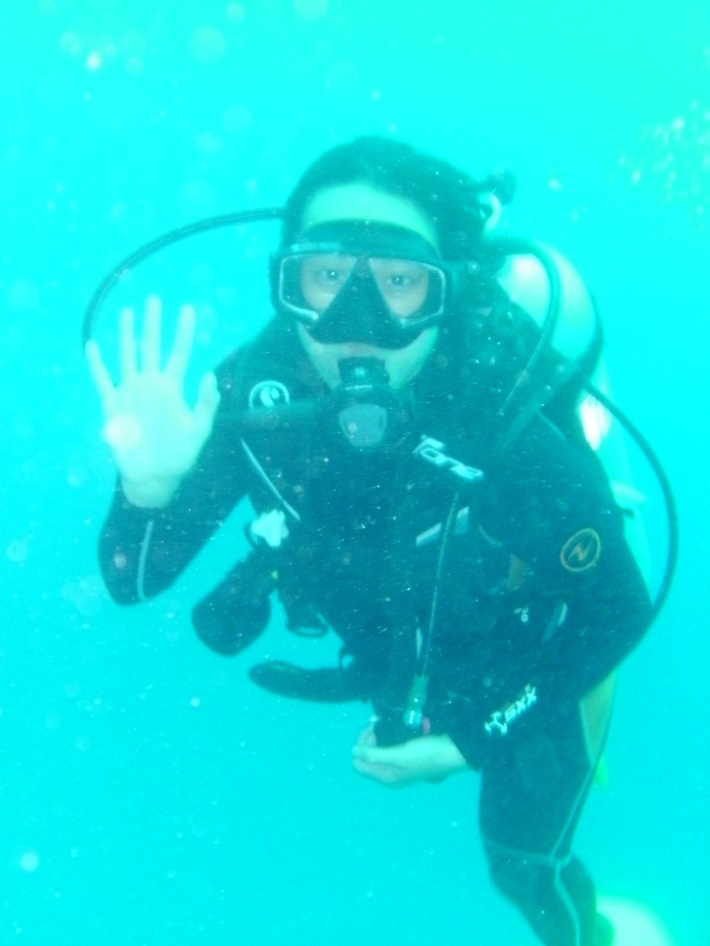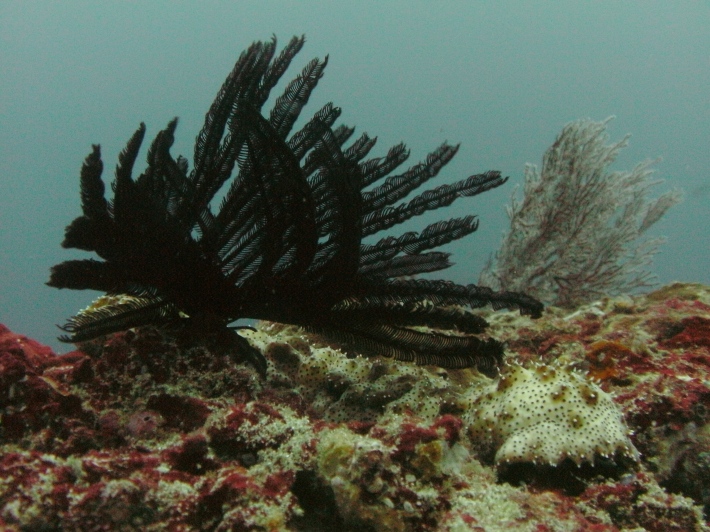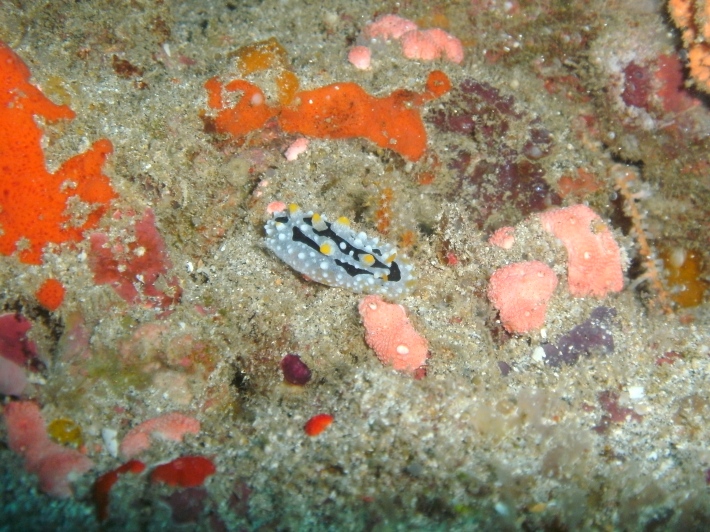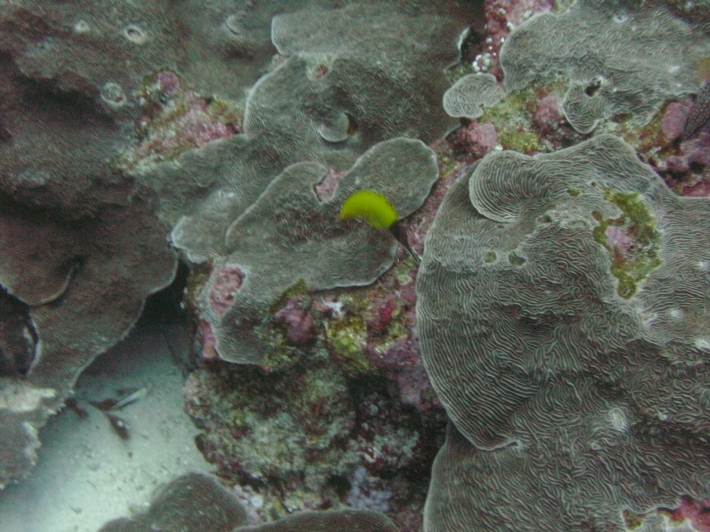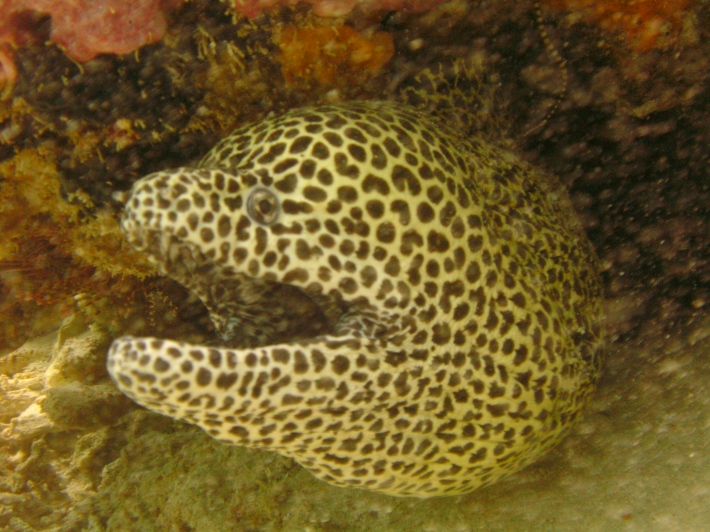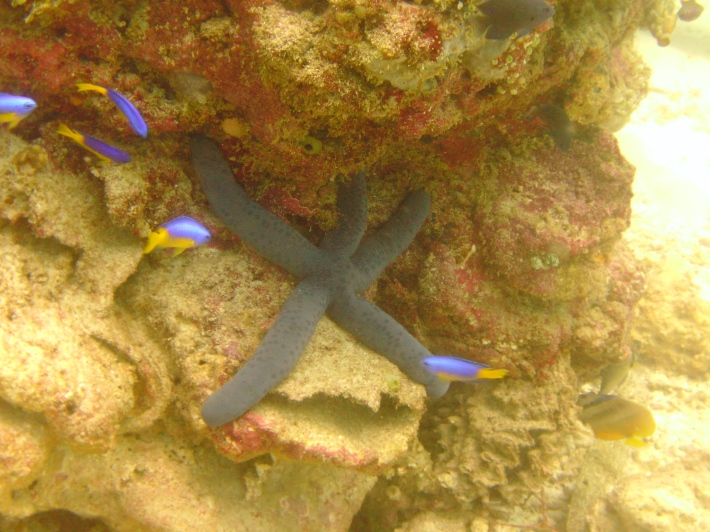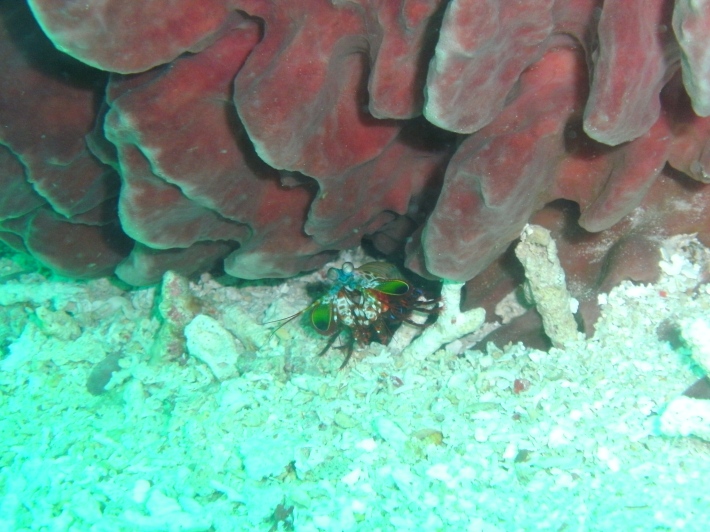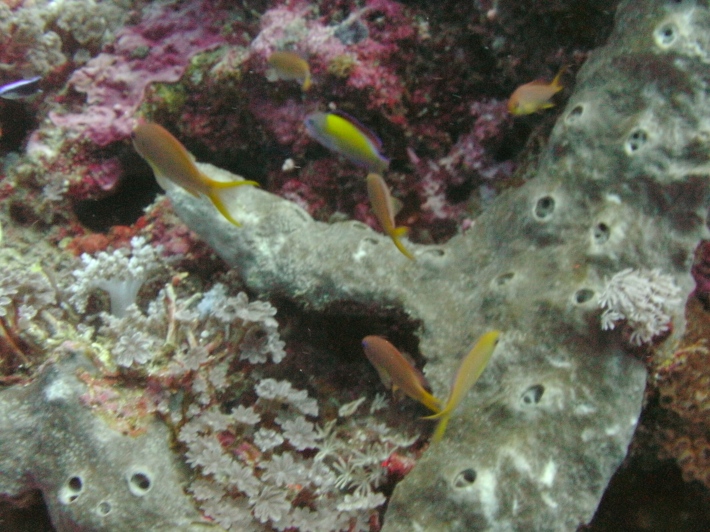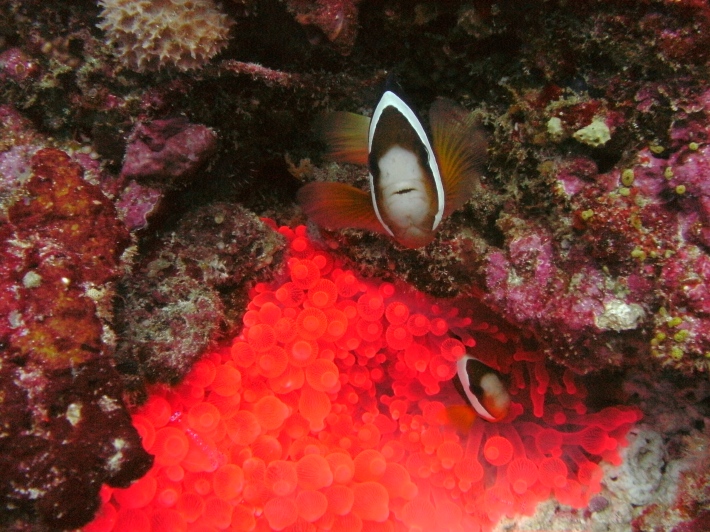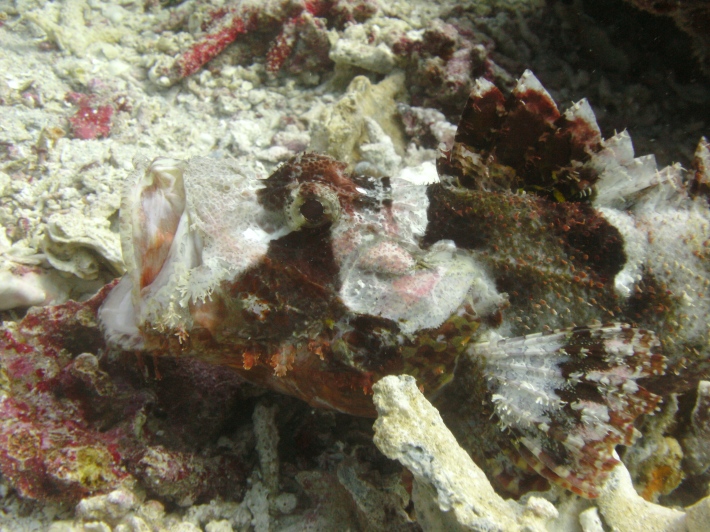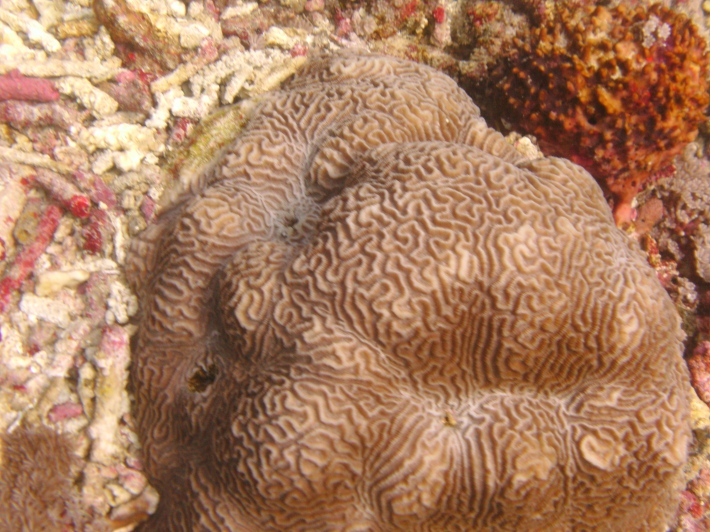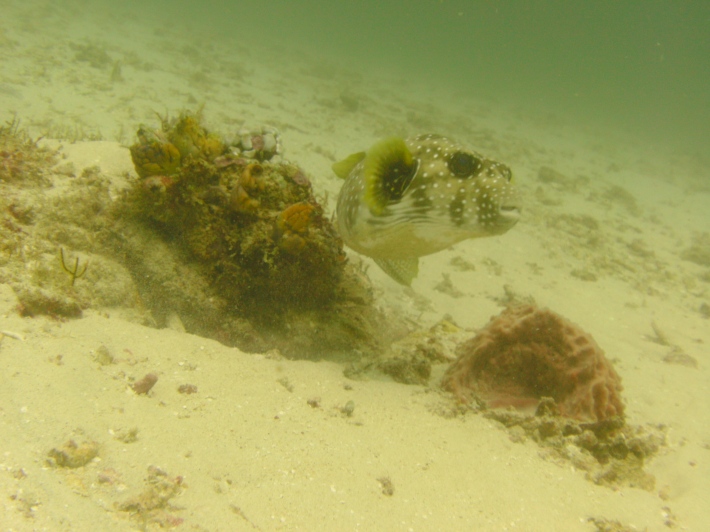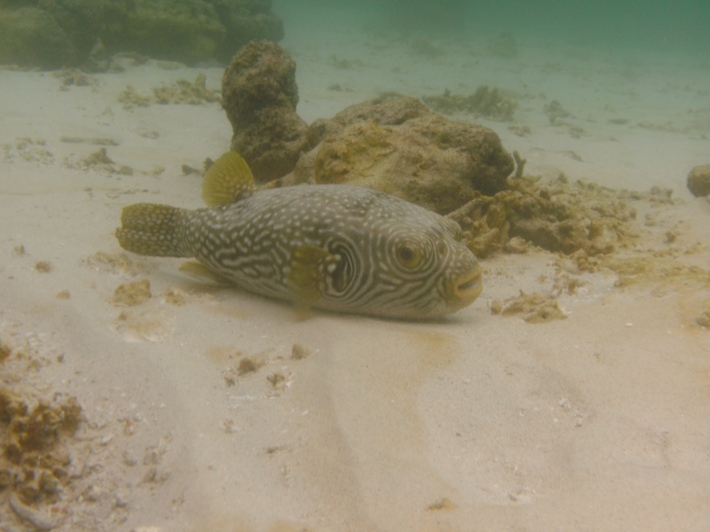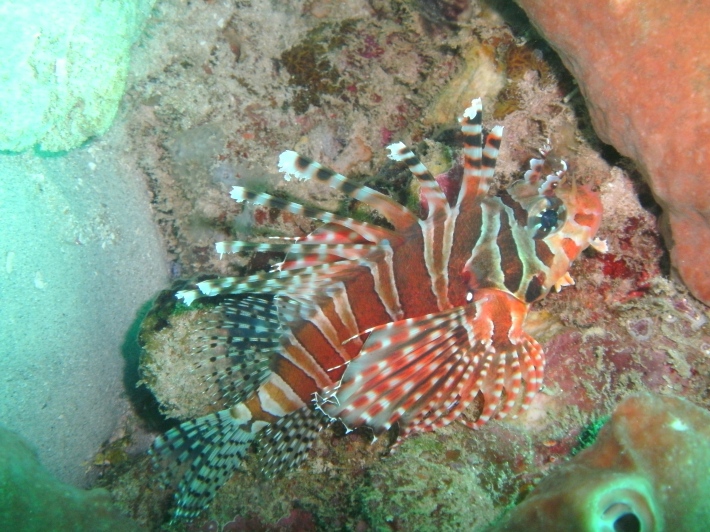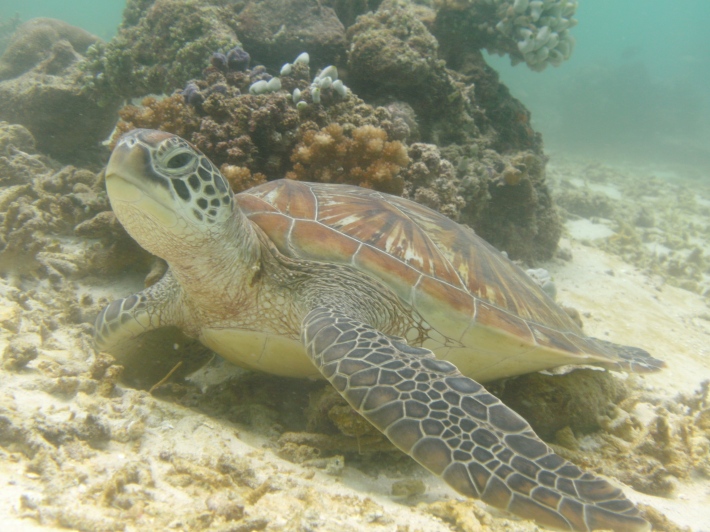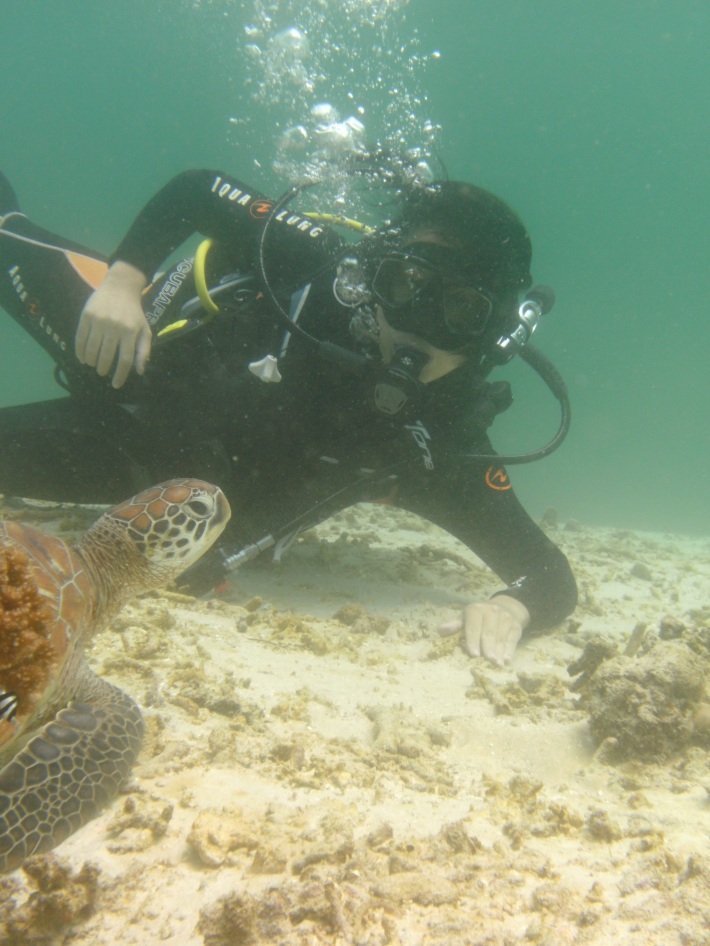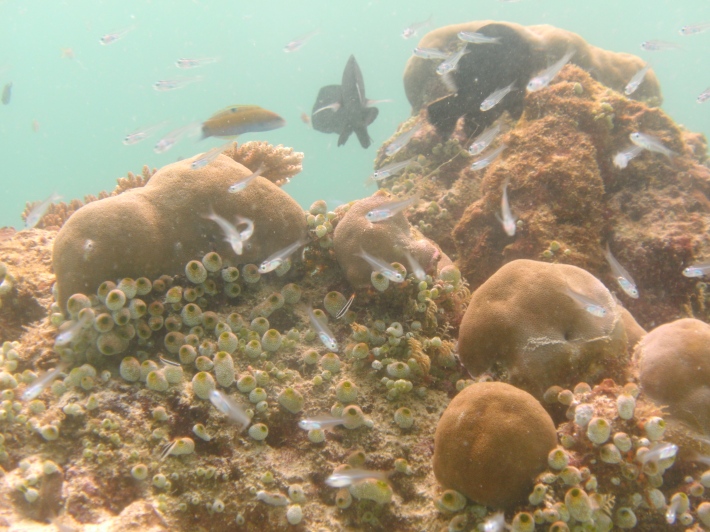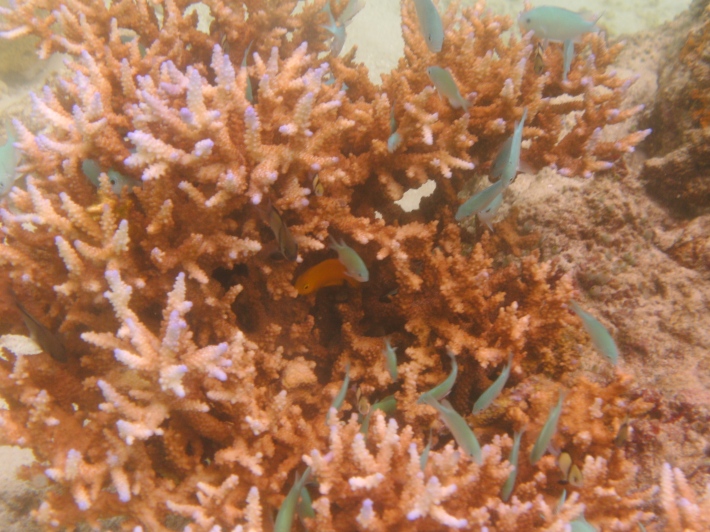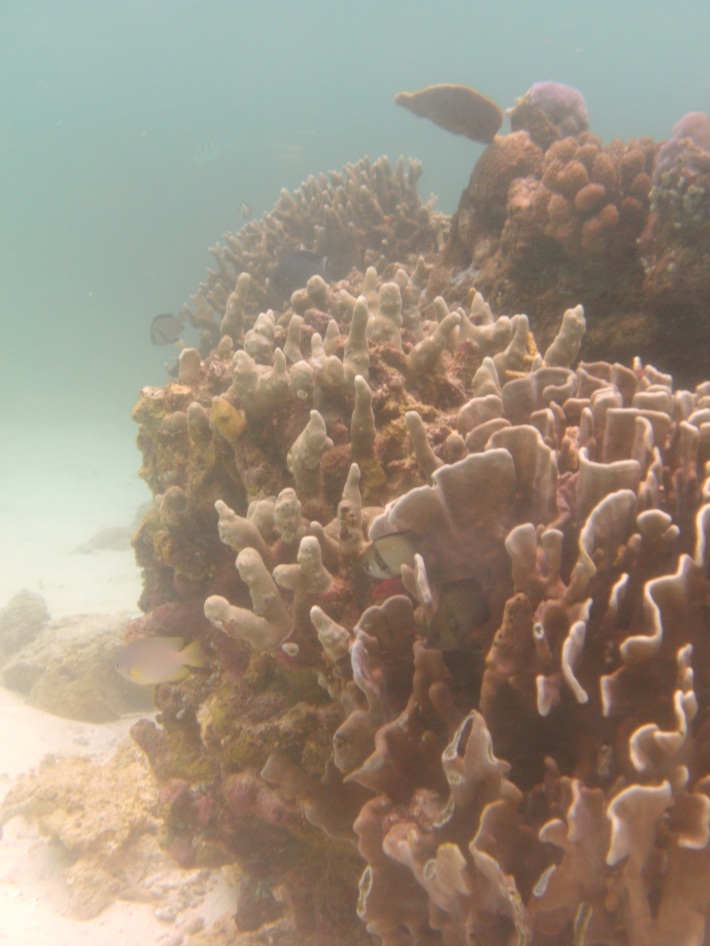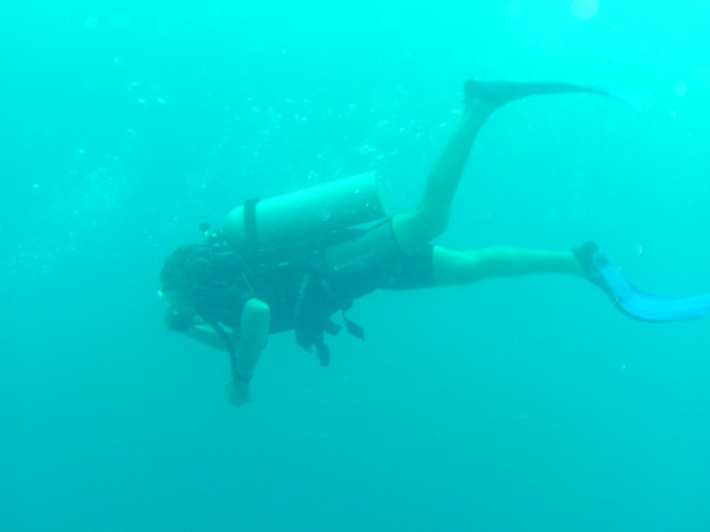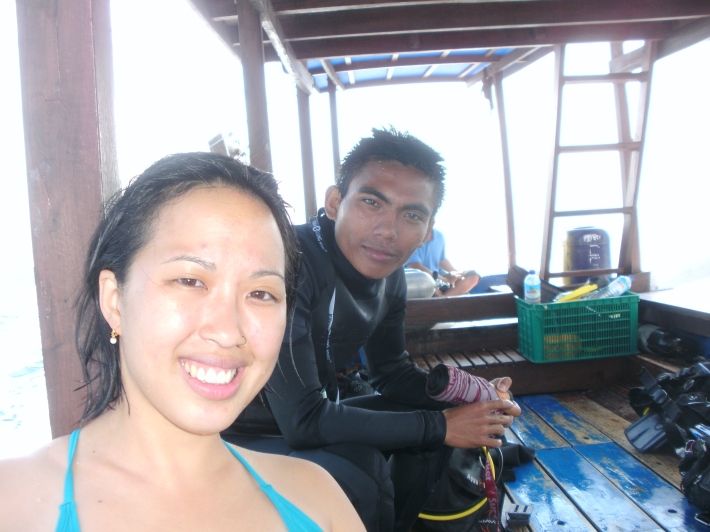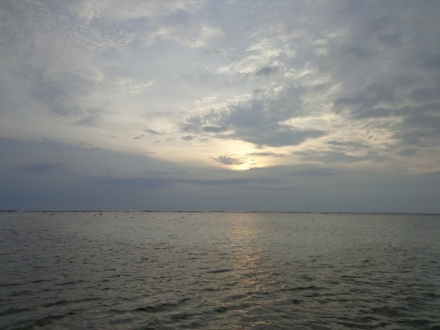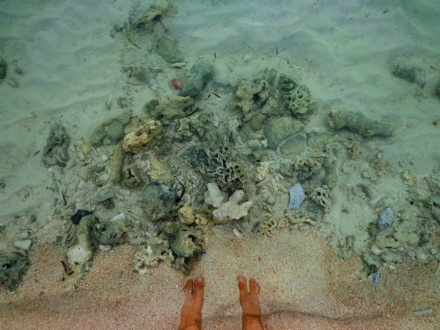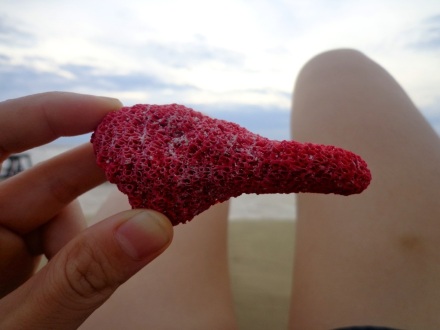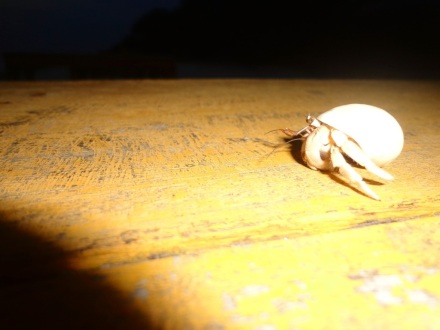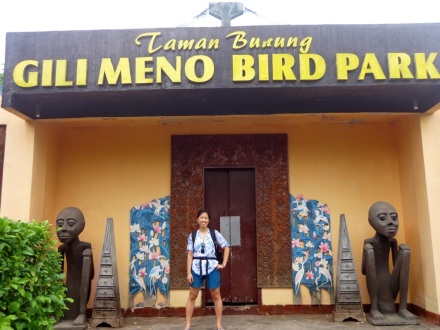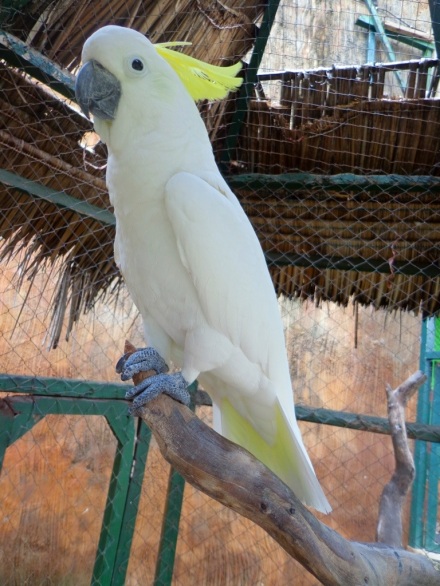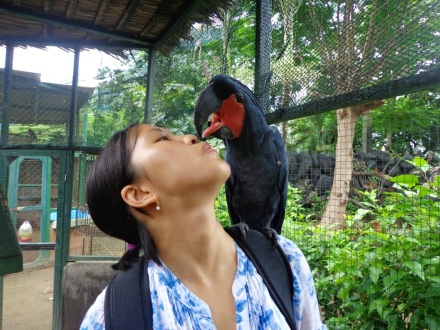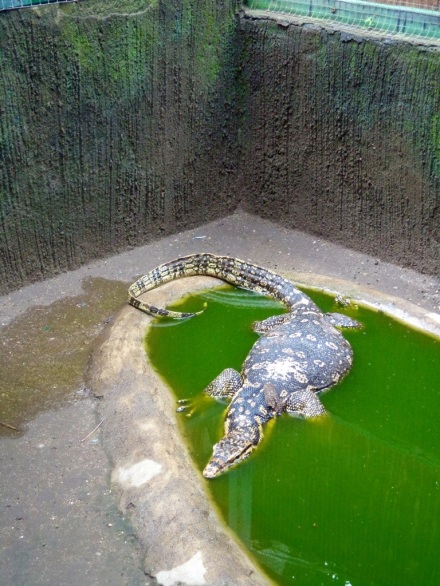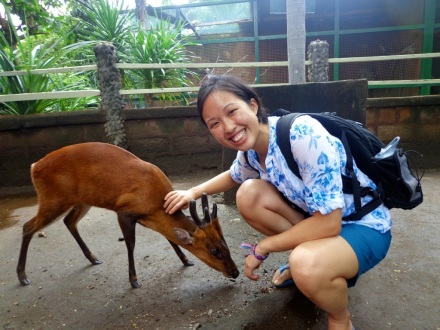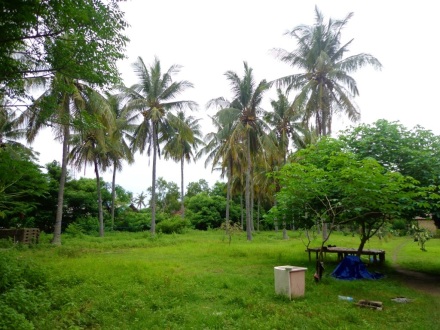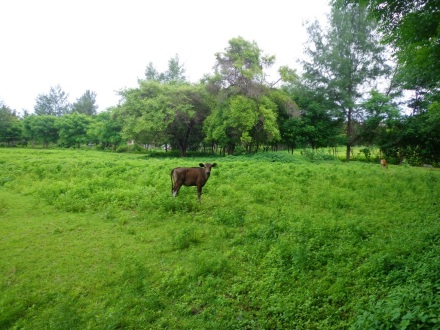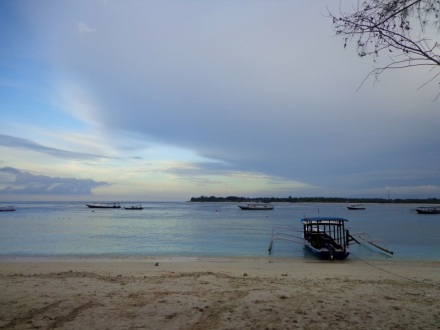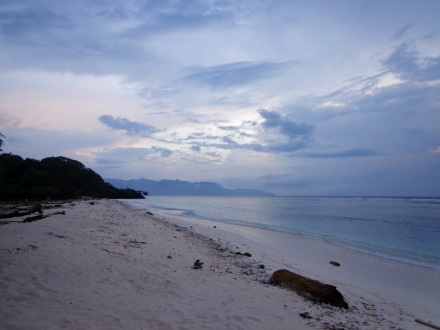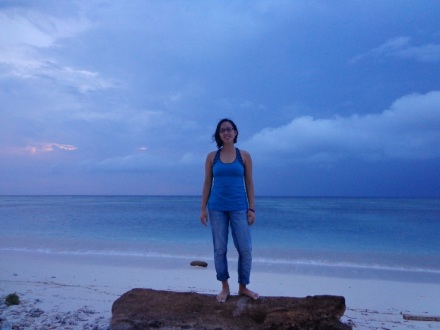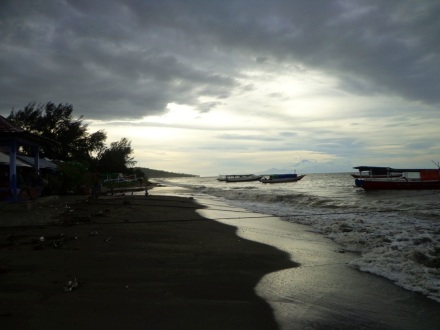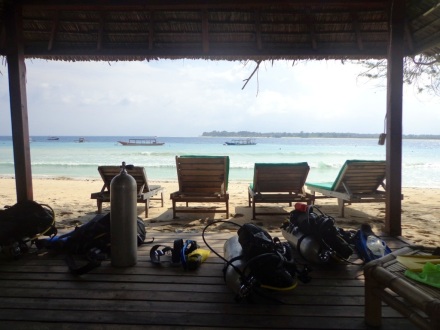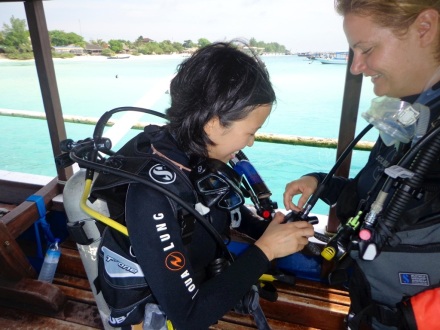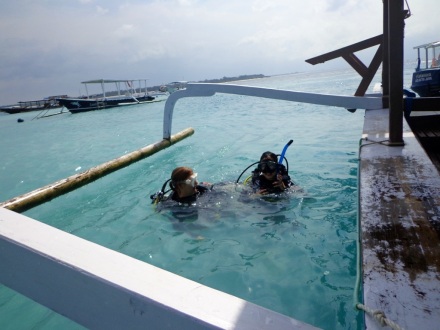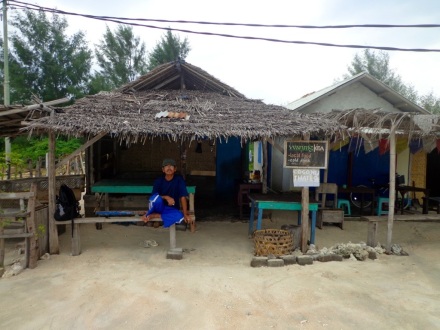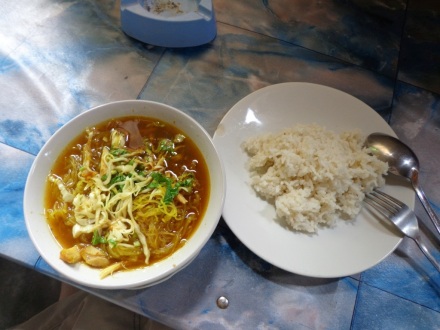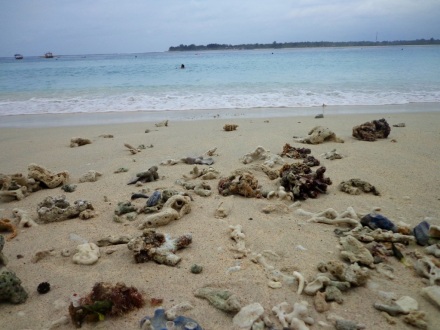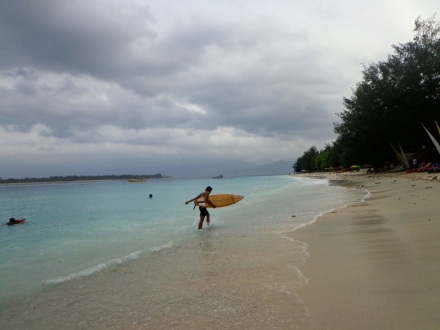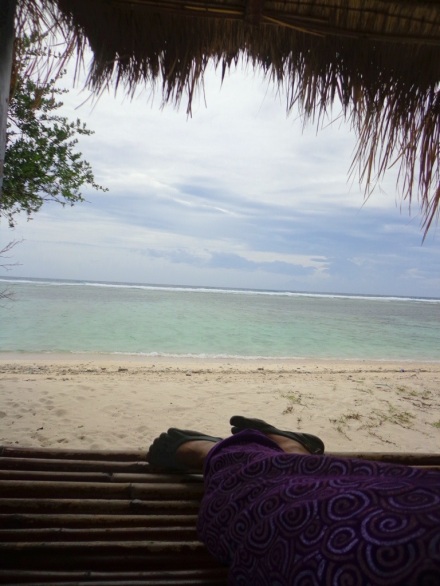With all the changes happening in my life, I had a sudden impulse to write. The evening hours are not the best time for me to articulate my thoughts, but the feeling of perpetual motion has got me riding a wave that often resembles a sink or swim situation. Perhaps it is because I am in one (a sink or swim situation) as a first year teacher in the NYC public school system.
I work in a Title 1 high school in Jamaica, Queens, one with over 3,000 students and over 200 staff. We receive federal funding because the majority of students receive free or reduced lunch (in other words, below the poverty line). I teach 9th grade Living Environment (Biology) and 10th grade Integrated Algebra–both classes are to prepare for the State Regents.
Beyond curriculum and content, I am learning to deal with society’s ills that will undoubtedly seep into the sphere of public education. So far, I’ve had meetings with case workers, teenage parents, educational advocates, and foster care parents. I’ve told students they can still go to college, despite the fact they’re undocumented. Also, I’m familiarizing myself with where particular resources are in the building, which staff member handles what, and how I can do my part in making sure each student in my class receives what they need.
Today, an interesting moment happened between myself and a student that I will probably carry with me for a while, and it did not happen in a classroom. I was prepping for my next class in an empty room next to the infirmary. She walked in and said she was looking for the nurse’s office, which happened to be locked at the time. She said she had an emergency and gave me a look of desperation when I responded with, “Sorry, this isn’t the nurse’s office.” From her look, I knew instantly what her emergency was. It was a coming-of-age emergency. She got her period that day.
She turned around to leave the room. “Wait,” I called out, “Did you get your period?” She stopped and nodded. I told her I had something for it and reached into my bag to give it to her, along with a hall pass so that she wouldn’t be marked late for her next class.
To be honest, I didn’t catch her name, nor do I remember her face much. She was probably a 9th or 10th grader. But, the encounter made me think of the additional hurdle to educate girls of a certain age. On an emotional level, it is such a tender time in their lives of figuring out the psychological and physiological changes that come with puberty. On an educational level, girls need to know that it shouldn’t impede on their learning experience. Menstruating is healthy and normal, and can be proactively addressed so that they can stay in school.
For a moment, as I stood in the empty room after the student left, I felt like things were going to be alright. I was going to be alright. I smiled at myself and got back to work.

